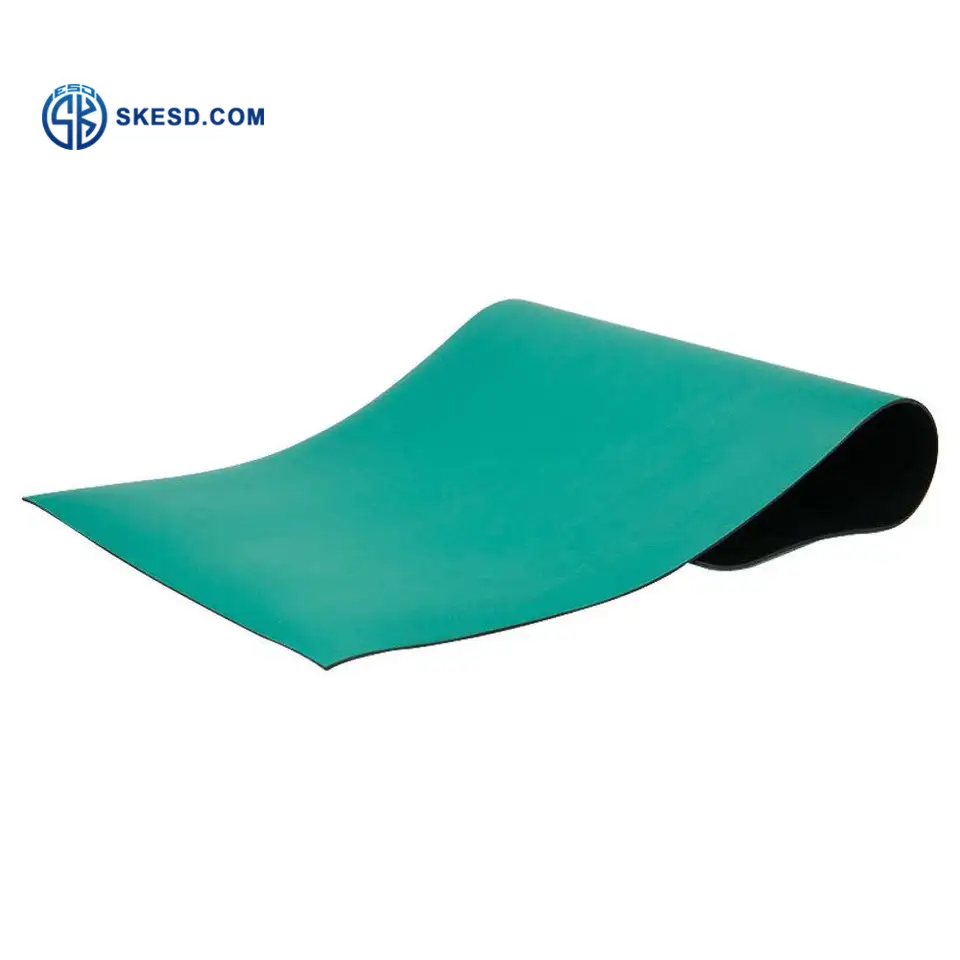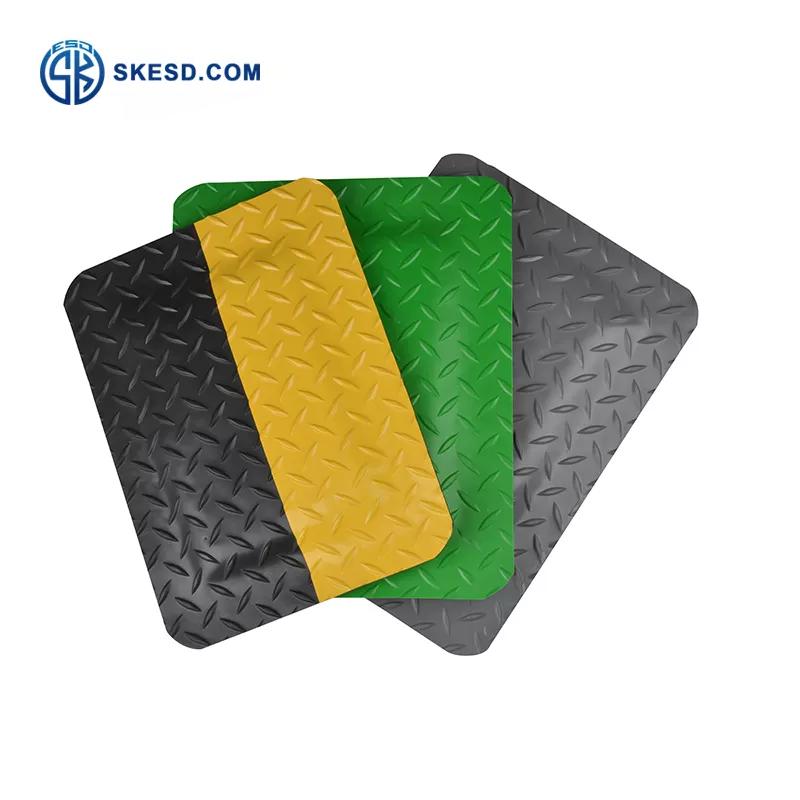ESD (Electrostatic Discharge) floor mats play a crucial role in preventing electrostatic damage to sensitive electronic components and devices. In this comprehensive guide, we will explore the various aspects of ESD floor mats, their benefits, applications, strategies, and common challenges.

Introduction to ESD Floor Mats
ESD floor mats are specially designed mats that help to control static electricity and minimize the risk of damage to sensitive electronic components. These mats are made from materials that have specific electrical properties, allowing them to safely dissipate electrostatic charges.
Understanding ESD Floor Mat
Types of Mats
ESD floor mats come in various types, including conductive mats, static dissipative mats, and dual-layer mats. Conductive mats are typically used in areas where a rapid discharge of static electricity is required. Static dissipative mats, on the other hand, are used to control the flow of static charges in environments that require a slower discharge rate. Dual-layer mats combine the properties of both conductive and static dissipative mats.
Materials used in Mats
ESD mats are commonly made from materials such as rubber, vinyl, or PVC (Polyvinyl Chloride). These materials have specific electrical properties that allow them to conduct or dissipate static charges effectively. The choice of material depends on the specific requirements of the environment and the level of protection needed.
Considerations for selecting Mats
When selecting ESD floor mats, it is important to consider factors such as resistance, thickness, surface texture, and size. The resistance of the mat should be within a specific range to ensure proper dissipation of static charges. The thickness and surface texture of the mat can impact its durability and effectiveness. Additionally, choosing the right size of the mat ensures adequate coverage of the work area.

Benefits and Applications of ESD Floor Mat
ESD floor mats offer several benefits and find applications in various industries. Some of the key benefits include:
- Protecting electronic devices: these mats create a safe working environment by preventing static discharge that can damage sensitive electronic components.
- Preventing electrostatic discharge: By providing a controlled path for static charges, these mats help to prevent sudden discharges that can harm electronic devices or cause fires or explosions in certain environments.
- Ensuring safety in ESD-sensitive environments: In industries such as electronics manufacturing, laboratories, and healthcare, where electrostatic discharge can have severe consequences, ESD floor mat play a crucial role in maintaining a safe working environment.
Strategies and Tips for Using Mats
To ensure the effectiveness of ESD mats, it is essential to follow certain strategies and tips:
- Proper installation and grounding: These mats should be installed correctly, ensuring proper connection to grounding points to allow the dissipation of static charges.
- Maintenance and cleaning guidelines: Regular maintenance and cleaning of the mat help to remove dirt, dust, and other contaminants that can affect their conductivity. It is important to follow manufacturer guidelines for cleaning and maintenance.
- ESD awareness and training: Educating employees about ESD hazards and proper practices, such as wearing ESD-safe footwear and using wrist straps, enhances the effectiveness of ESD floor mats and overall ESD control measures.
Common Challenges and Solutions in Floor Mats
ESD floor mats can face certain challenges that can affect their performance. Here are some common challenges and their solutions:
- Static charge accumulation: Over time, static charges can accumulate on ESD mats, reducing their effectiveness. Regular cleaning and maintenance, as well as periodic testing of resistance, can help mitigate this issue.
- Wear and tear of ESD mats: Heavy foot traffic, dragging of equipment, or improper handling can cause wear and tear of floor mats. Regular inspection and timely replacement of damaged mats ensure continued protection.
- Compliance with ESD standards: ESD mats should comply with relevant industry standards to ensure their effectiveness. Understanding and adhering to these standards is essential for maintaining a compliant ESD control program.
Conclusion
ESD floor mats play a vital role in preventing electrostatic damage to sensitive electronic components. This comprehensive guide has provided valuable insights into the various aspects of floor mats, including their types, benefits, applications, strategies, and common challenges. By implementing the knowledge gained from this guide, you can enhance your understanding of ESD mats and effectively control static electricity in your working environment.
continue reading
Related Posts
Rohs 2.0 has emerged as a crucial aspect of compliance […]




